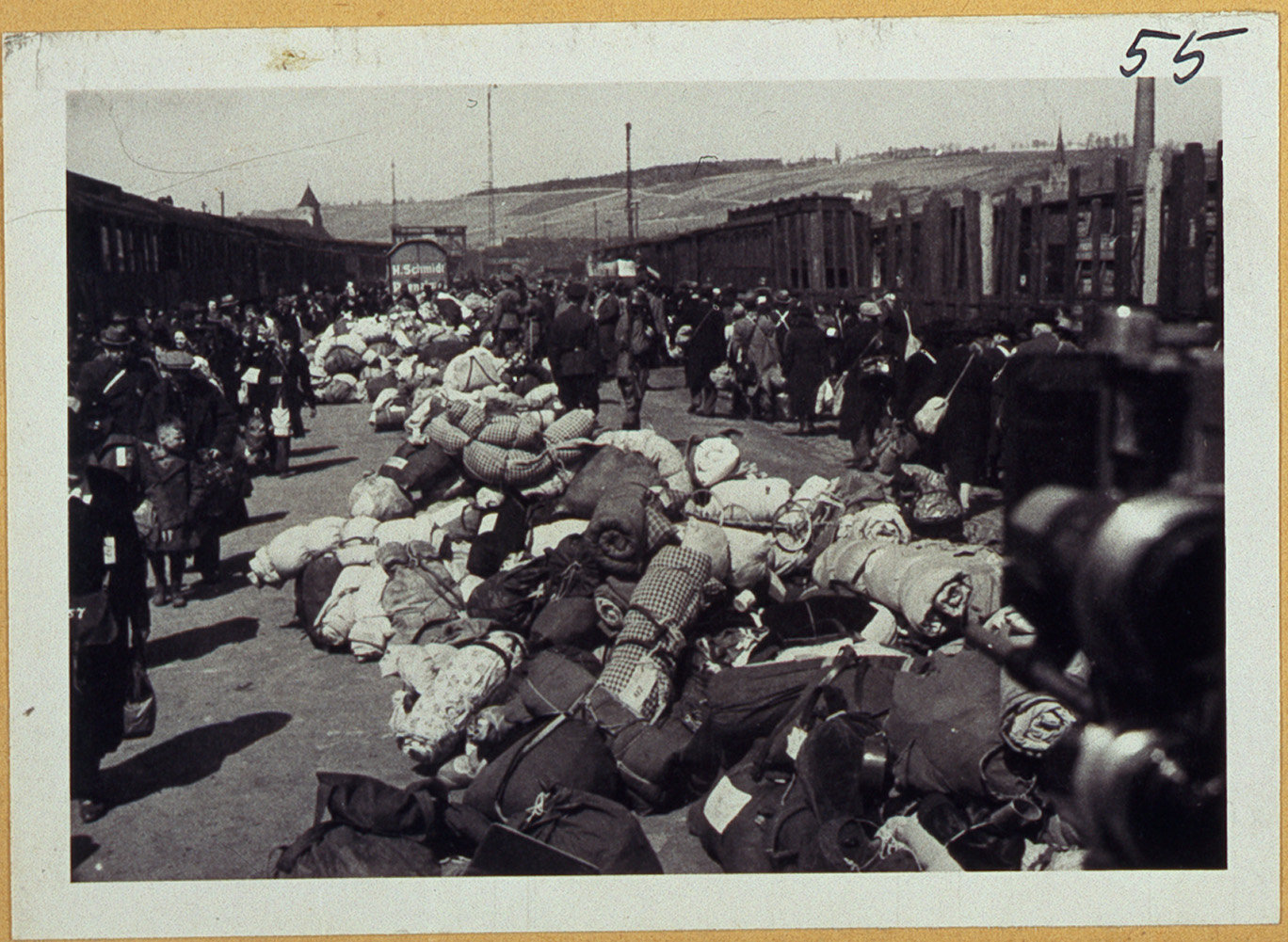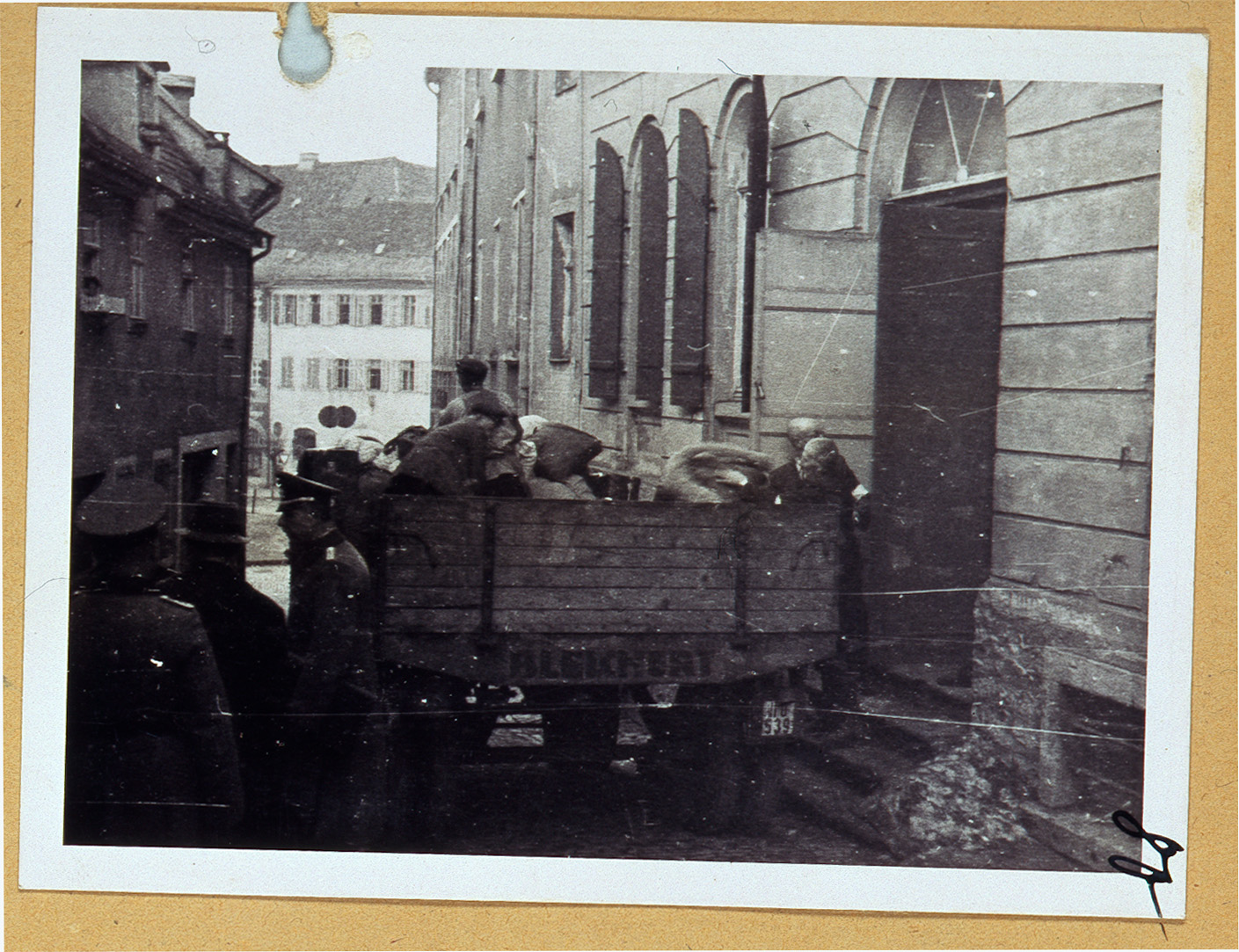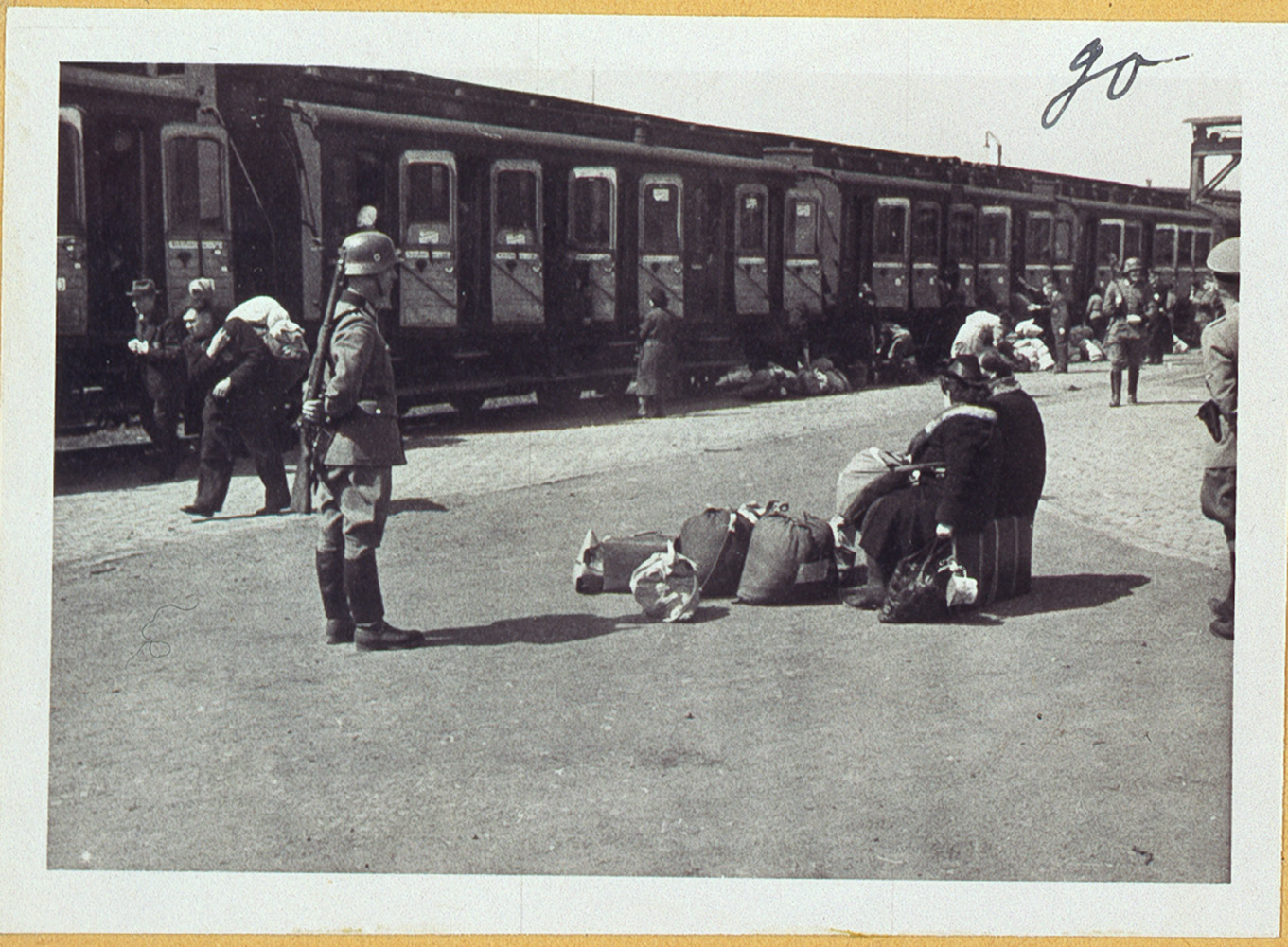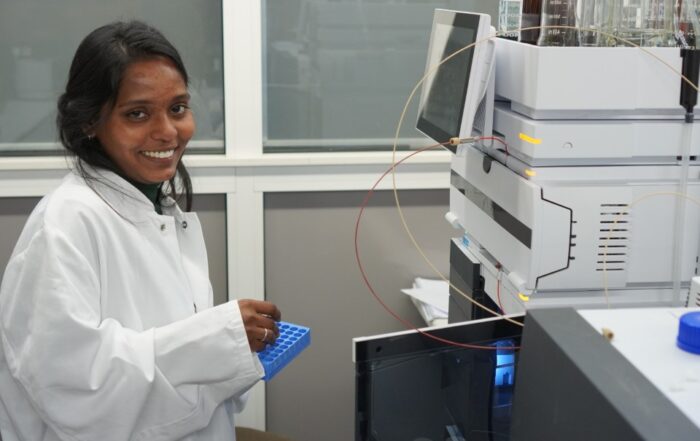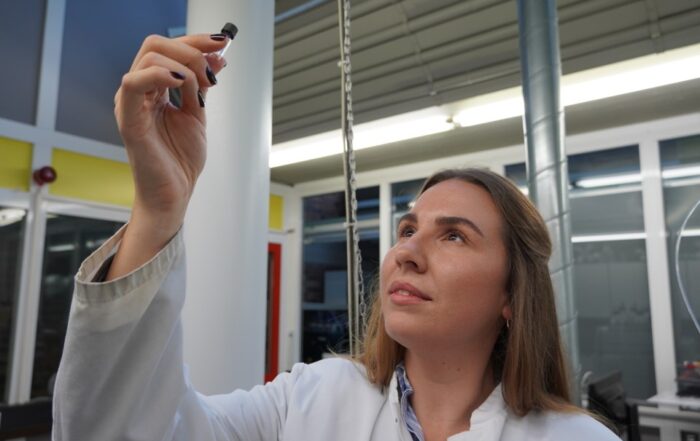28. March '24
An unimaginable and monstrous number: six million people were murdered by the Nazis.
Each of them has a very unique life story.
The exhibition “Da49, Da512 – Trains to Death” shows the fates of eleven Jewish people from Coburg.
It can be seen at Coburg University of Applied Sciences in April.
Since 1933, the beginning of their radically nationalist dictatorship characterized by violent racial mania, the Nazis had robbed Jews in Germany of their economic, professional and civic existence.
By deporting them to the deadly concentration camps, they also robbed their victims of their individuality and names: Concentration camp prisoners were just numbers.
To commemorate eleven Coburg victims of the 1942 deportations, Gaby Schuller and Dr. Hubertus Habel from the “Living Culture of Remembrance Coburg” working group have developed an exhibition in cooperation with expert colleagues from Lichtenfels and Kulmbach, the Coburg-specific version of which will be shown at the university in April.
The official opening and supporting program will take place on Wednesday, 10 April.
The exhibition is embedded in a course at Coburg University of Applied Sciences on the history of the Holocaust and the long tradition of Jewish life in Germany.
A total of 5.6 to 6.3 million people fell victim to the Holocaust.
The exhibition at Coburg University of Applied Sciences illustrates the genocide and the fates of eleven Jewish Coburg residents.
After the first series of deportations took place in the fall of 1941, including the “Frankentransport” to Riga-Jungfernhof, the remaining Jews were deported to concentration and extermination camps in eastern Central Europe in 1942/43.
Most of them were murdered there.
The victims paid 60 Reichsmarks for the journey on the death train
The victims from Lower, Upper and Middle Franconia were “loaded” onto the special train “Da49” in Bamberg on April 25, 1942; 52 from western Upper Franconia, including five from Coburg.
At Bamberg station, the train became a rolling concentration camp.
With around 1,000 prisoners, it was 140 percent overcrowded.
The abbreviation “Da” was the railroad code for “German resettlers”.
The railroad charged the normal fare of 4 pfennigs per person per kilometer, but granted a 50 percent “bulk discount” for more than 400 people.
The Gestapo had collected the money from the deportees, who had to pay 60 Reichsmarks for the journey to their deaths.
Less than four days later, the train reached Krasnystaw near Lublin, from where it was a 17-kilometer walk to the Kràsniczyn transit ghetto.
The SS murdered them in the gas chambers of the Sobibor extermination camp, presumably at the beginning of June 1942.
Behind this was a complex network of perpetrators controlled by the SS and Gestapo, the main features of which had been organized during the so-called “Wannsee Conference” in January 1942.
On
9. and
On September 9 and 10, 1942, the last twelve Jews from Upper Franconia were deported, including six from Coburg: the Gestapo gathered the remaining elderly people and those who had been decorated during the First World War from all over Franconia at the “faeces loading station” in the city of Nuremberg and sent the 1,000 victims on the special train “Da 512” to the supposed “ghetto for the elderly” Theresienstadt north of Prague – to the “stable in front of the slaughterhouse”, as one survivor aptly described it: Those of the 140,000 deportees here who did not starve to death, like Frieda Reuter from Hochstadt, were later sent to their deaths in the extermination camps in what is now Poland.
Only 51 of the deportees from “Da 512” survived, including Sali Altmann from Coburg.
Among other things, the exhibition focuses on anti-Semitism, the ghettos, the planning, the transports and the personal biographies of the Coburg victims over 80 years after their deportation.
Eleven fates.
Out of six million.
To the exhibition:
- Time: The exhibition can be seen from Monday, April 8 to Friday, April 19.
No admission, no registration, freely accessible during the opening hours of Coburg University of Applied Sciences: Mon – Fri: 6.30 am to 6 pm, Sat 7 am to 1 pm, Sun closed. - Location: Columned hall at the Friedrich Streib Campus of Coburg University of Applied Sciences, Friedrich-Streib-Str.
2, 96450 Coburg - Official opening with supporting program: Wednesday, 10 April, 5 p.m.
- Guided tours for school classes: Bookable with Dr. Hubertus Habel: Mobile: 0151-10066552; e-mail: buero@dr-habel.de – Costs: 50 euros expense allowance, eligible for funding from the culture and school service ks-cob.


